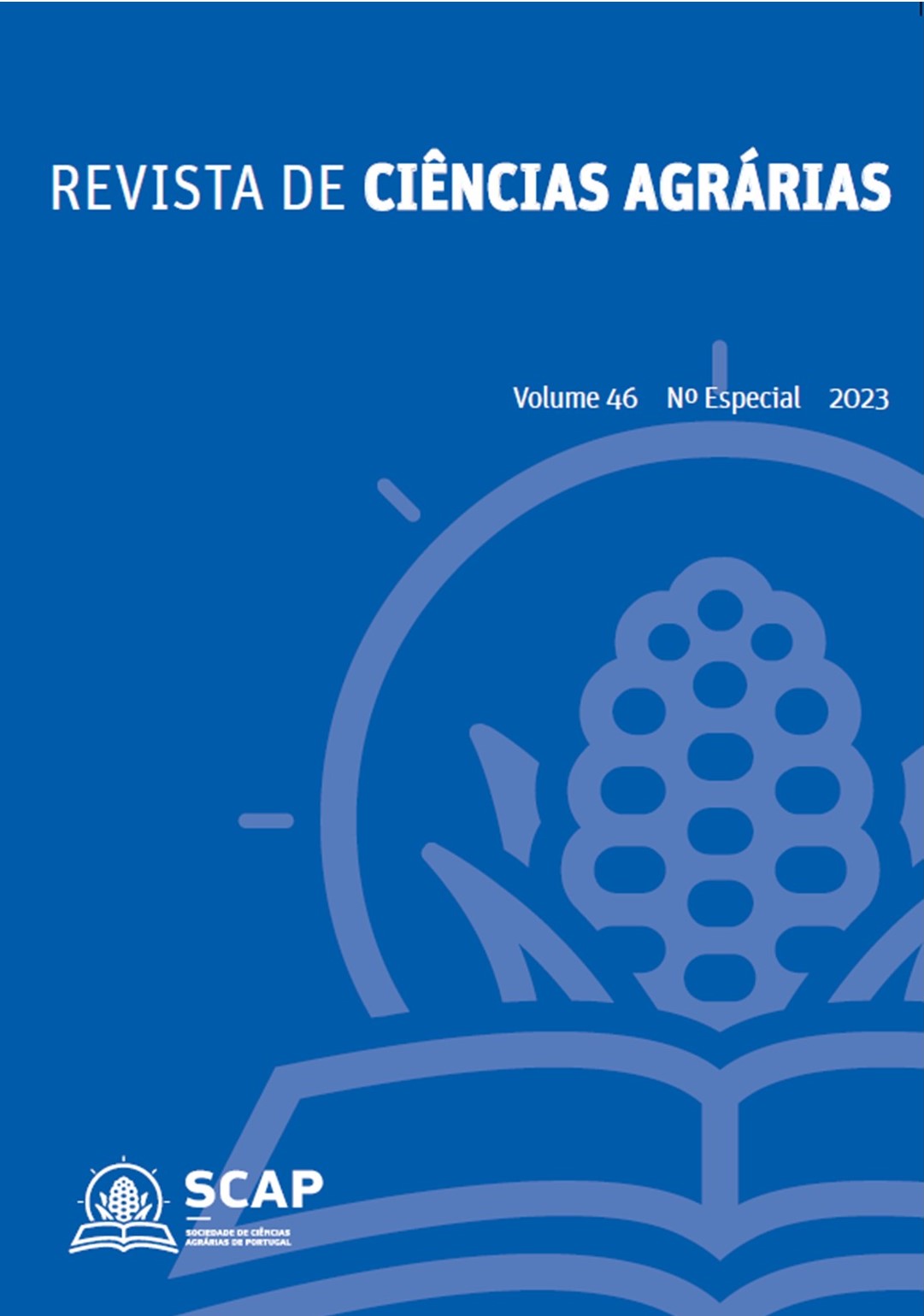The footprint of Mediterranean “Liquid Gold” upon aquatic ecosystems: study of olive industry impacts on Tua River, Portugal
DOI:
https://doi.org/10.19084/rca.33352Abstract
Nowadays, 80.000 t of olive pomace is processed in one single extractor located on Northeastern Portugal, producing olive mill waste waters (OMWW) which are highly phytotoxic. The lack of management measures for this specific residue, arises the importance to understand how it may impact the ecological integrity of aquatic ecosystems. Therefore, eight sites along Tua River (Douro basin) and tributaries were seasonally monitored for a year (2021-2022), following standardized procedures defined by the Water Framework Directive. Moreover, sediments on three sites upstream and on the industrial discharge channel were characterized. To understand the toxicant role of OMWW, Daphnia magna and Unio delphinus were chosen as bioindicator organisms, and subjected to acute (24 hours) and chronic (14 days) exposures, respectively. When comparing the obtained results, sites located downstream of oil extraction industry showed a significant decrease on the water quality (higher values of oxygen demand and particularly of phenols) and aquatic habitats (anoxic sediments). Several ecological metrics and multivariate analyses detected the ecological impact of industrial discharges. Additionally, the conducted ecotoxicological assays revealed high toxicity for different trophic levels, causing the death, of at least 50% of the tested D. magna population, when exposed to 8.88 mg/L OMWW.


